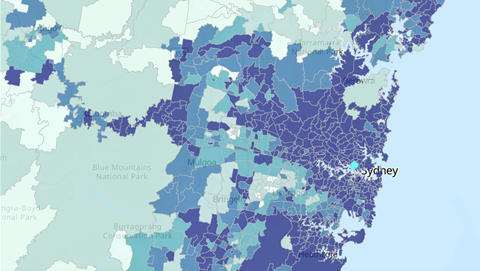NBN Co expects users of its forthcoming fibre-to-the-distribution point (FTTdp) footprint to supply between 6W and 14W of energy to power their services.

The network builder also said it will need to vary its agreements with Telstra in order to proceed with the rollout of FTTdp, for which delivery partners have been hired and construction is expected to commence this year.
The issue of how FTTdp street equipment is powered first came to light in December last year when NBN Co aired concerns that its users could fall afoul of Australia’s electricity laws.
NBN Co’s FTTdp equipment in the street – known as a distribution point unit (DPU) – is reverse-powered with electricity from customers’ premises.
A reverse power unit (RPU) is plugged into a power socket in the end users’ premises, which draws electricity and supplies it back to the DPU via the home’s copper lead-in wiring (which is also used to supply broadband).
Though the power draw was likely to be small, NBN Co did not at the time publish details of the energy requirements for FTTdp.
It has now confirmed that it “expects that, on average, end users will be supplying approximately 6W to power their [FTTdp] service".
This appears to be based on an assumption that each DPU will operate close to or at full utilisation.
“Each DPU is capable of serving four homes,” NBN Co said.
“NBN Co’s deployment will aim to maximise the utilisation of each DPU. The design target is to achieve an average of more than three premises per DPU.
“In the unusual case where there is only a single end-user connected, they will be supplying up to 14W [of power rather than the anticipated 6W].”
NBN Co said the reverse power draw by each user “provides power for their own port plus a roughly equal share of the power for shared resources, based on the total number of active users at any point in time”.


























